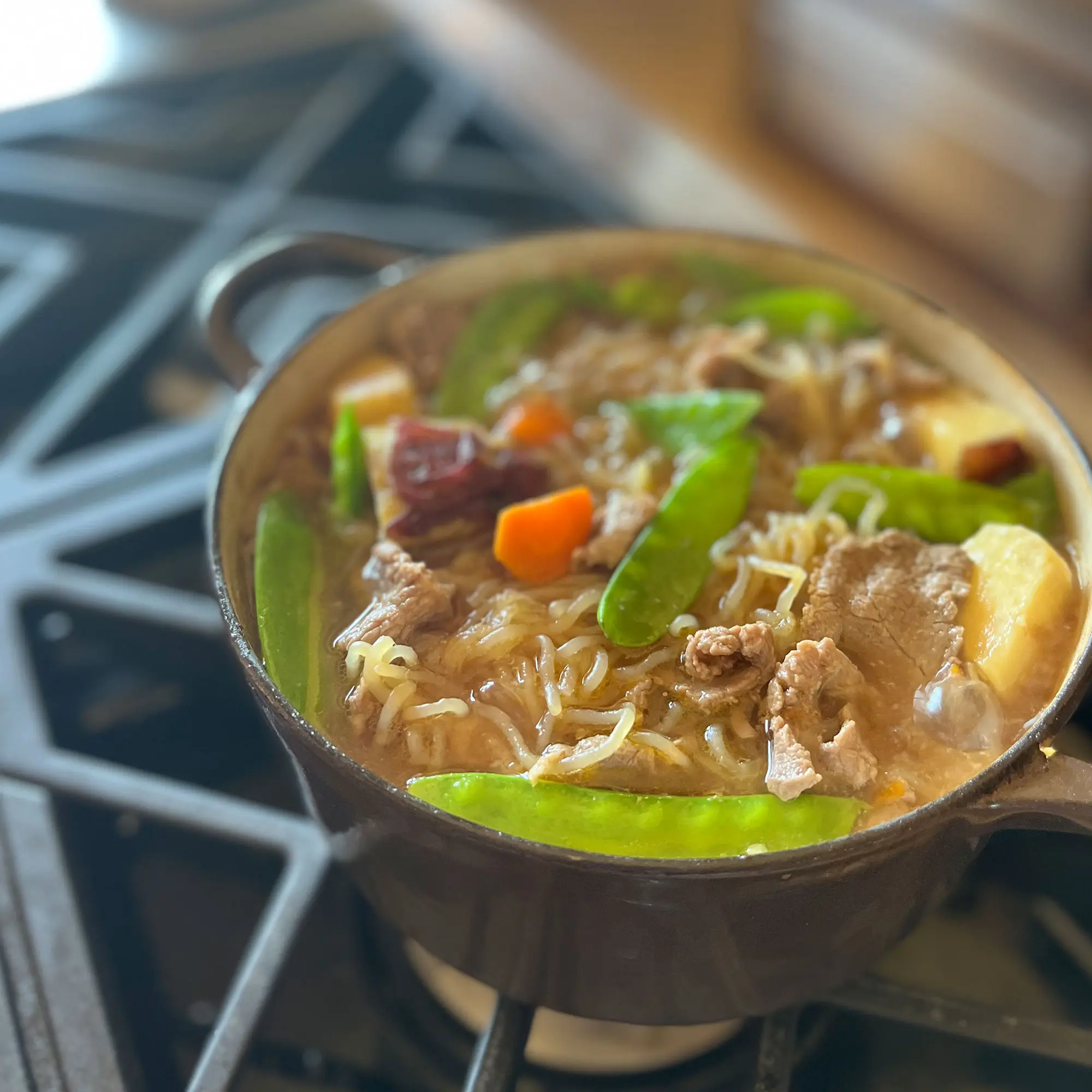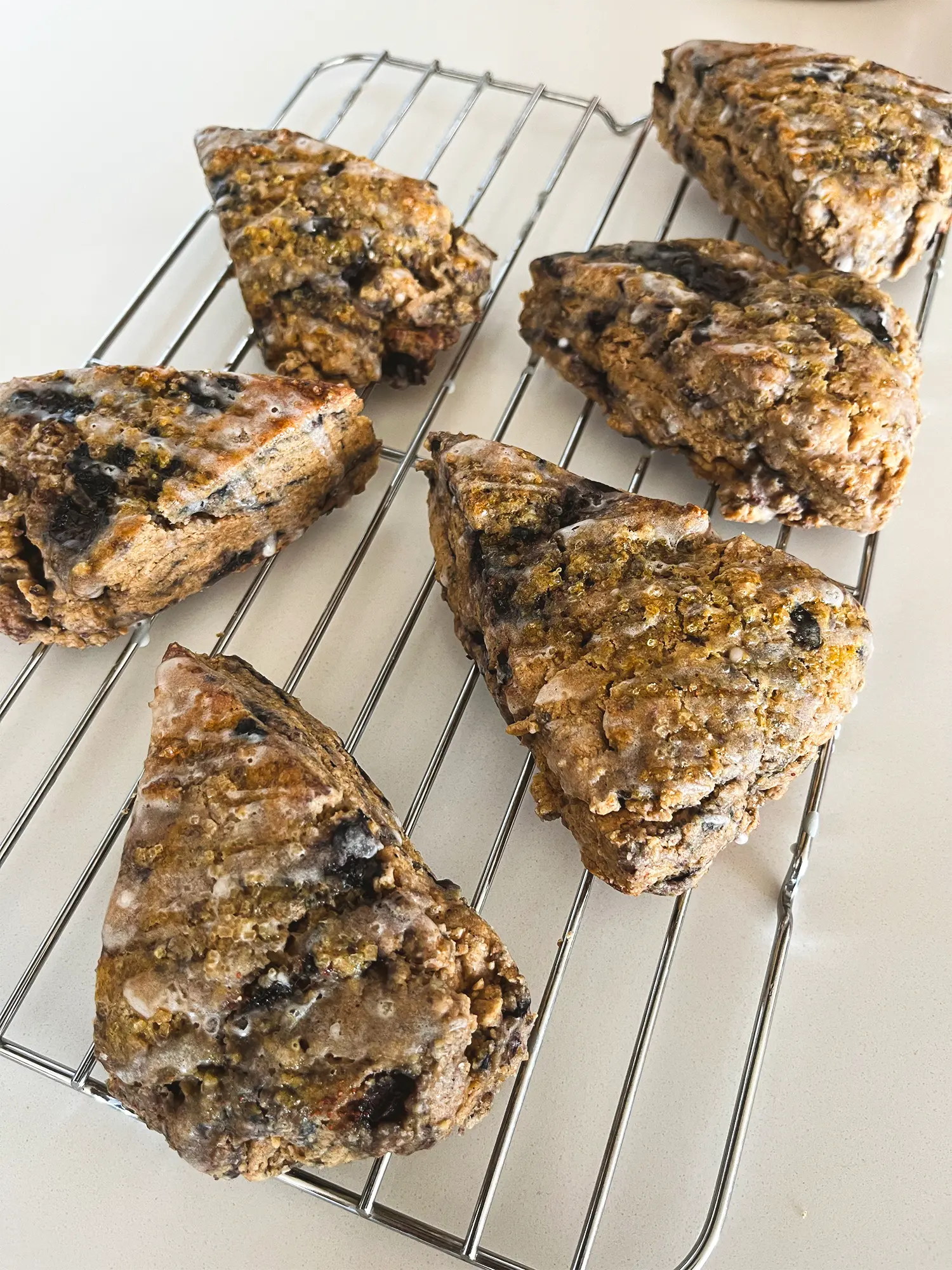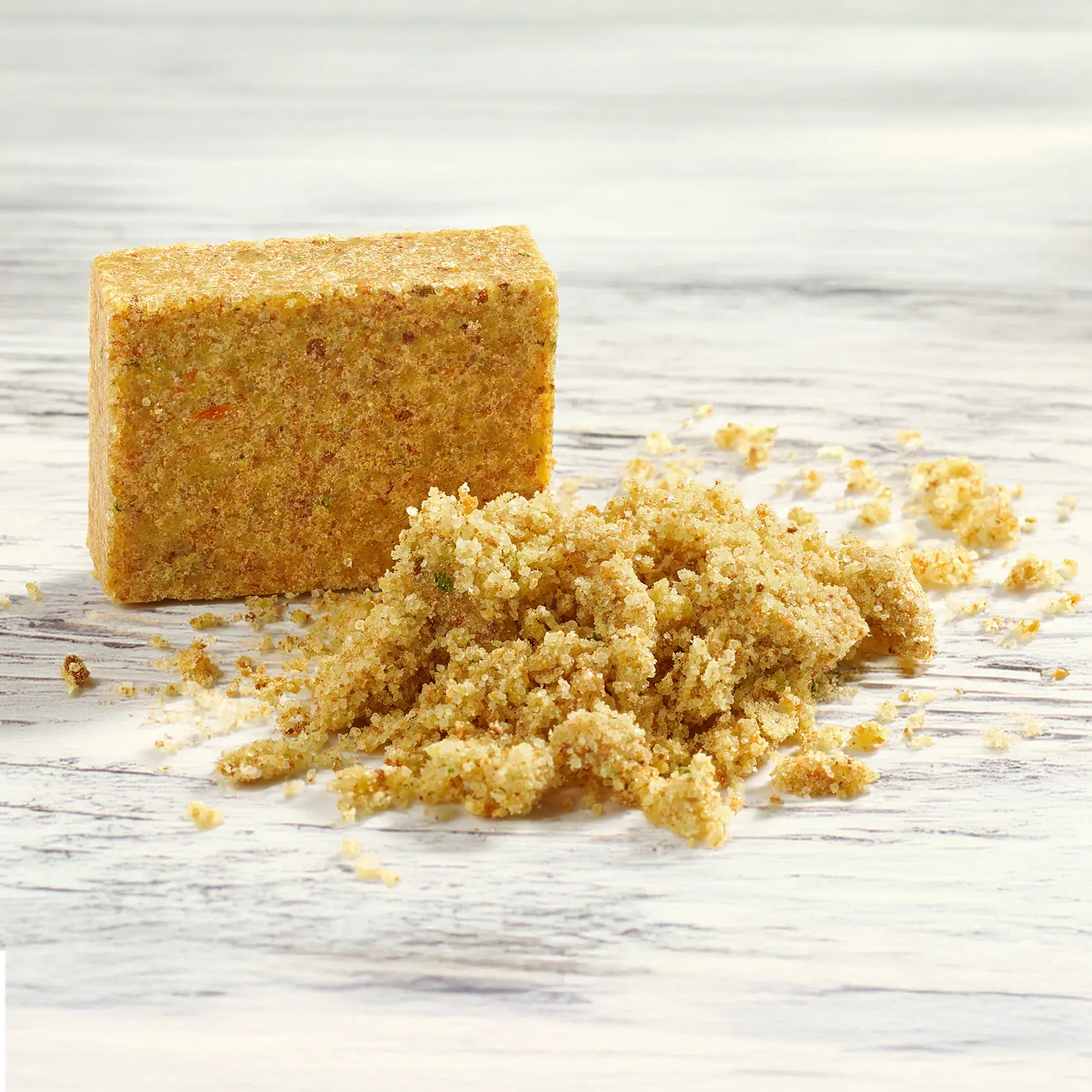Ingredients
- 1 tbsp 100% Grass-fed Beef Tallow
- 1 Japanese Purple Sweet Potatoe
- 1 Medium Yellow Onions
- 3 Carrots
- 300g 100% Grass-fed Beef, Thinly sliced
- 1 bag of Shirataki Noodle
- Snow Peas (Optional)
Flavoring
- 400g Water
- 6 tbsp Soy Sauce
- 5 tbsp Sake
- 3 tbsp Mirin
- 1.5 tbsp Dashi Powder (Optional)
Instructions
- Boil the Shirataki Noodles – Bring a pot of water to a boil. Add the cut Shirataki noodles and let the water return to a boil. Cook for 1 minute, then drain and set aside.
- Prepare the ingredients – Cut all vegetables and slice the beef. The potato should be 1-inch chunks, onions should be sliced 1-inch wide, and carrots should be chopped into bite-size. Slice the beef as thin as you can. I like to use Weston Electric Meat Cutting Machine.
- Sauté the vegetables – Heat a pot over medium-high heat and add 1 tbsp of beef tallow. Add the vegetables and cook until their edges become translucent.
- Add water and beef – Pour in 400g of water and bring it to a light boil. Once boiling, add the sliced beef, spreading it out to prevent clumping. Let it come back to a boil and skim off any scum.
- Add Shirataki and seasonings – Add the prepared Shirataki noodles, then pour in 6 tbsp soy sauce, 5 tbsp sake, and 3 tbsp mirin. Optionally, add 1.5 tbsp dashi powder for extra umami. Gently mix to distribute the seasonings evenly.
- Simmer with a drop lid – Place an Otoshibuta (drop lid) over the stew and cook over medium-low heat for 20 minutes. (If you don’t have an Otoshibuta, scroll down to learn how to make one with parchment paper!)
- Stir halfway through – At the 10-minute mark, remove the lid, stir the pot, then replace the lid and continue cooking.
- Reduce and finish cooking – After 20 minutes, remove the Otoshibuta and continue cooking for another 10 minutes to concentrate the flavors.
- Add snow peas – Stir in snow peas and cook for an additional 2-3 minutes.
- Let it rest – Turn off the heat, place the Otoshibuta back on, and let the dish cool slightly before serving.
Tips & Notes:
- Cool before serving – Letting the stew sit and cool allows the flavors to deepen, making it even more delicious when enjoyed warm or the next day! Overnight-magic is real.
Storage:
Store in an air-tight container for up to 3 days in the fridge.
Freeze: For longer storage, portion the stew into freezer-safe containers and freeze for up to 1 month. Note that potatoes may change texture slightly after freezing.
Reheating: To reheat, warm the stew gently over low heat on the stovetop. If reheating from frozen, thaw in the refrigerator overnight before warming.








